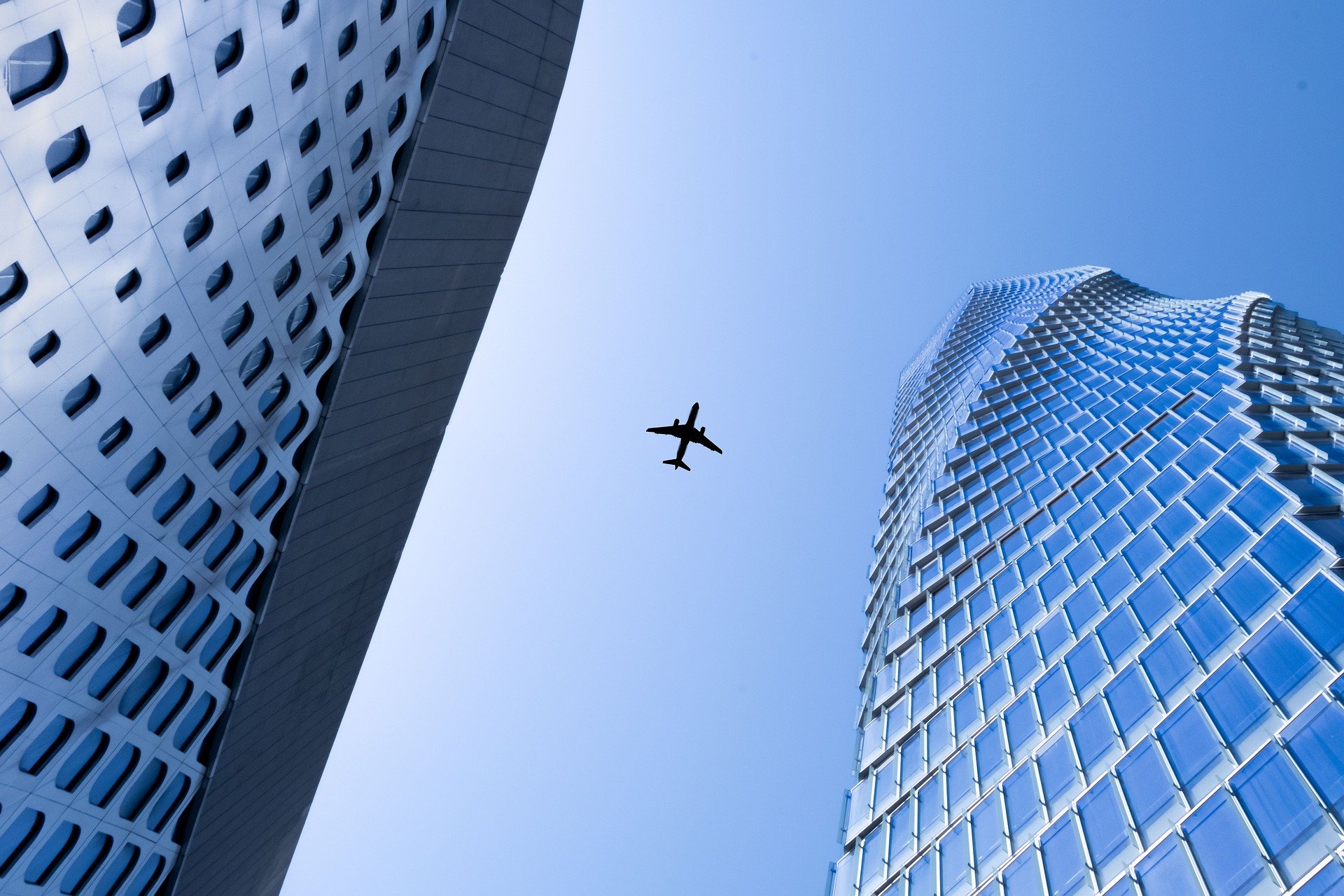This is nothing special to us to get to hear and see random flights of an aeroplanes to different direction. This is so simple and mundane to us like a commuter on the road. Things were a way different 60 years ago and these planes that we use and see were the most fascinating and surprising inventions of the century. Yet, for those who always wonder about things behind the things, these aeroplane had been designed and tested for long exhaustive months and years before they were approved to fly in the blue.
This article will show you more details about the design of airplanes.
Designing a plane in the past
From the beginning of the aeroplane era, planes have gone through enormous design changes. Some were approved and some thrown in the garbage. Engineers have been constantly working on various design technologies and testing their inventions since the dawn of planes.
Due to the limitation of the human lifespan, a lot of the these documented processes have been passed down to the successor engineers to take over the process and either help elevate the machine or dump it in case of failure. With these, there is another design of aeroplane that is going through experimental stage. This is the kind you may have come across or seen inside military plane but, in any near future you may be flying in one of this new design. This design differs a lot from the regular passenger plane we are used to seeing and using.
The evolution of airplane engines
All of these aeroplane engines has gone through radical transformation as well over the decades. From the very first Boeing 707 to Boeing 787, engines tended to be larger. There have been countless attempts of innovation and majority of them are out of sight.
One of the major thing that noticeably never changed is the tube and wing design. This was initially designed in such a way that it was rather difficult to beat by any other design approaches. ]
The very first of such technological ideas was implemented and sent off to the air, was Boeing B47 Stratojet in 1947. The most noticeable design pattern is the long skinny fuselage, long and narrow swept wings, with a jet engine mounted under the wings. This design was heavily used by the U.S military and later was passed down to the airliner.
Boeing invested a hectic amount of money and effort to eventually implement this inside airline with the Boeing 707. This started the era of tube and wing flights until now for the commercial airliners.
The advantage of this design remained strong against the test of time and remained its position rigid in the airline industry. If we examine the design of these tubes and wing planes, we will see the circular cross section is flawless for repeated pressure cycle as it goes up and down the atmosphere several times a day. Easy to expand and create any model based on this design made it a standard for the airliners. This gave Boeing a tremendous flexibility to quickly launch several models and eliminate the need to train pilots for a new plane physics.

